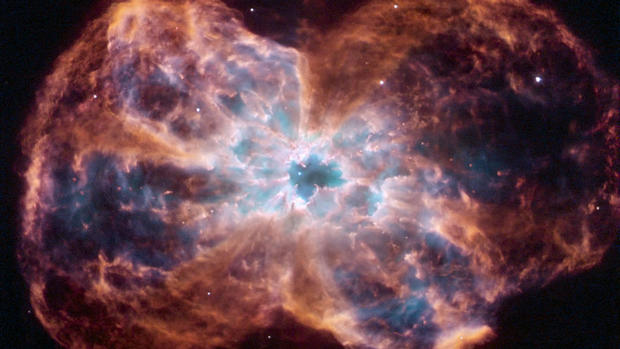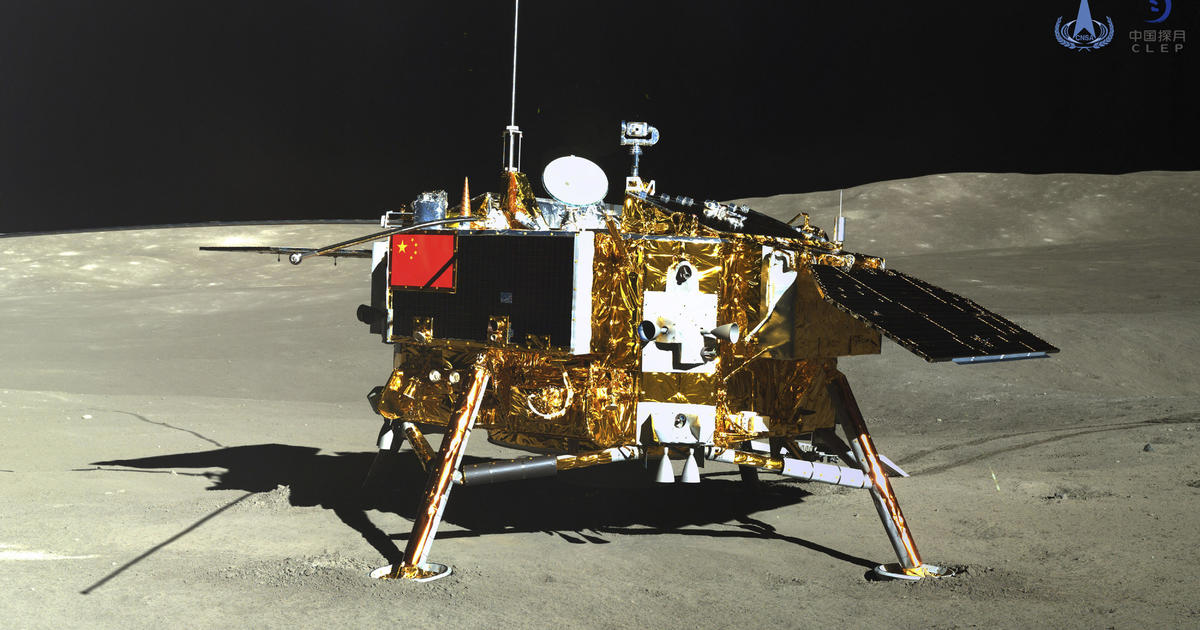This is what it sounds like when stars quake
When stars quake, it’s a fascinating affair. Their vibrations cause sound waves that travel to the core and back to the surface again. We can’t actually hear these sounds because of the vacuum of space, but we can see them — they cause changes in the star’s brightness, which allows astronomers to recreate the vibrations as audio signals.
This audio study is called asteroseismology, and it reveals information about stars difficult to discover through other means. For instance, researchers have used asteroseismology to determine the age of red giant stars, and calculate core rotation.
In a new study published this week in Nature Astronomy, researchers from the University of NSW in Australia determined the angle of rotation of 48 stars in the Milky Way galaxy using asteroseismology. This gave insight to the nebula that birthed the stars 8 billion years ago.
“The results were unexpected. We found that the spins of most of the stars were aligned with each other,” said study team member Dennis Stello.
“Our finding that the spins of about 70 per cent of the stars in each cluster are strongly aligned, and not randomly orientated as was expected, tells us that the angular momentum of the gas and dust cloud was efficiently transferred to the new stars.”
This article originally appeared on CNET.




